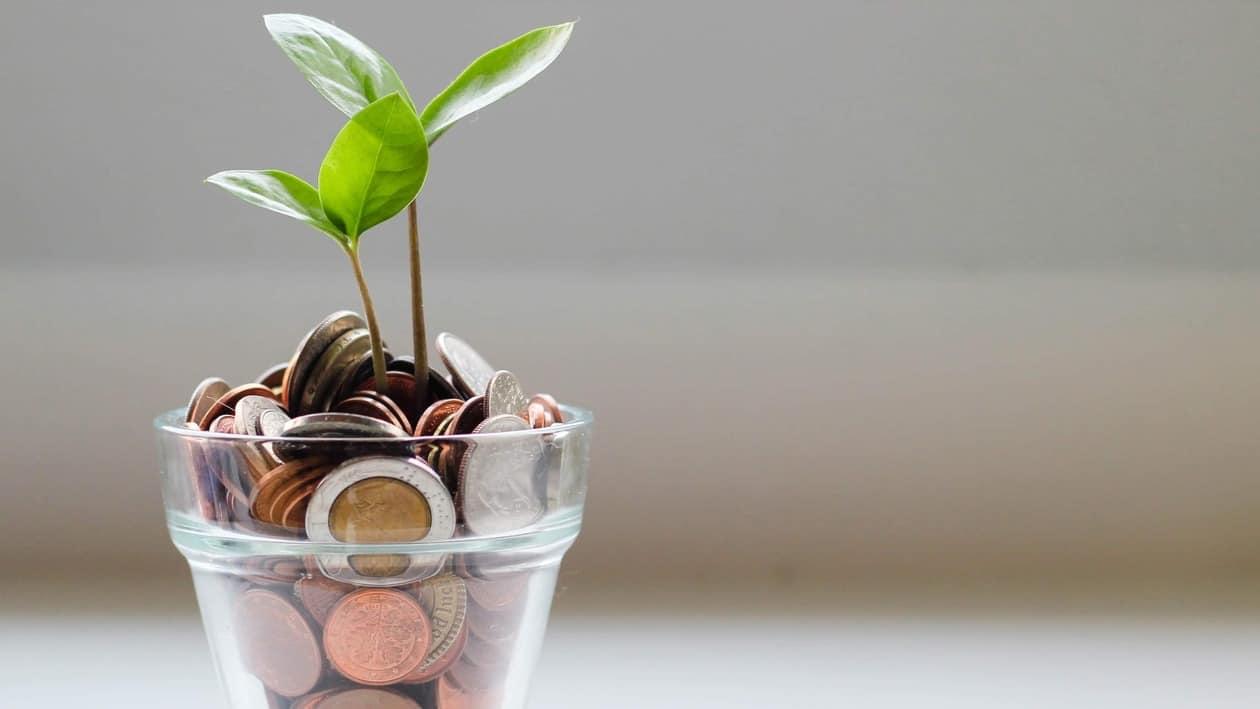The HDFC bank is now the latest bank on the list to hike its interest rates on non-withdrawable fixed deposits (FDs) for various tenures. These rates apply to all accounts of the bank’s general citizens, NROs and NREs. However, the new rates effective from March 01, 2022 are not applicable on all FDs but only the bulk FDs more than or equal to ₹5 crores.
Starting with the State Bank of India that is now offering 5.50 per cent interest rate on all its FDs issued to its general citizens. The senior citizens will be benefiting from the recent announcement of 6.30 per cent interest on all their FDs opened this year. Axis Bank soon followed with promises of 5.75 per cent interest to its general customers opening FDs with the bank. Senior citizens would be availing 6.50 per cent interest on their FDs.
And then there are some banks like the Yes Bank, Indusland Bank, United Bank of India, Allahabad Bank, Central Bank of India, HSBC Bank and more who have raised the interest rates on their FDs below ₹2 crores. These FDs can be opened for a week to 10 years depending on one’s financial goals.
To invest or not in FDs
With banks gradually raising the rates on the FDs parked with them, should investors now consider including them in their investment portfolio?
Suresh Sadagopan, Managing Director & Principal Officer, Ladder7 Wealth Planners Pvt Ltd said, “Investors need to see if the returns they get from their bank FD is fine considering the lower level of risks that the bank FDs typically have and then take the call. However, bank FDs will continue to have lower returns compared to the yields available in bonds/NCDs & Corporate Deposits.”
Alternative investment options
Among the safest investment options that one may choose from, bank FDs are considered the most reliable owing to the pre-decided rates that they offer. A survey by the Securities and Exchange Board of India (SEBI) in 2019 shared how 95 per cent of Indian households prefer to keep their money in bank deposits with the remaining opting to invest in mutual funds or stocks. The numbers used to create an estimate of the number of investing households in India and gauge their idea of investments underscored how the fixed nature of FDs ranked them at par with post office deposits, life insurance policies and sovereign bonds.
The data published by the Statista Research Department revealed how in the financial year 2020 alone, Indians held more than ₹46 trillion as individual assets in bank FDs. This was a considerable rise in the amount of bank FDs that had amounted to ₹44.18 trillion in the previous year. Though the meagre interest rates caused many investors to ditch FDs in favour of mutual funds or seek stock investment advice from SEBI-registered fund managers, the shift towards equities is not too big. This can be corroborated with the data by the Association of Mutual Funds in India (AMFI) that stated a 14-month high inflow of ₹10,000 crores in May 2021.
The gap between FDs and equities is still too large with people still preferring fixed-income instruments, given the volatility of the market at times due to unforeseen external circumstances.
However, is the increase in FD rates enough to consider allocating money in them? Raj Khosla, founder and managing director, MyMoneyMantra has a different take on this subject.
Taking a purview of how the post-tax returns on FD investments are either nil or are in the negative, Khosla says, “The FDs with scheduled commercial banks and RBI-registered non-banking financial companies (NBFCs) are one of the most risk-free investments one should certainly consider. The recent hikes in the rate of interest on FDs of various terms make them a little more attractive, especially given the persistent market volatility. However, the money designated to FDs should be done proportionately, i.e., avoid overconcentration of funds into FDs.”
If not an FD then what?
There are other investment options too that Indians can park their money to earn returns in sync with rising inflation or beat it even after paying taxes on the income earned. Khosla added, “Beyond FDs, Indians can surely consider investing in some debt, as well as equity-linked instruments that have low-to-moderate risk profiles. To start with, a portion of funds can be directed to Sovereign Gold Bonds (SGBs), effectively exposing your portfolio to the safe-havens, while the sizeable portion can be invested in equity-oriented mutual funds, balanced schemes, bonds issued by the Reserve Bank of India, and AAA-rated corporate bonds of listed blue-chip institutions. Risk-averse investors can maximise the portfolio concentration towards balanced and debt mutual funds, alongside RBI bonds, Public Provident Fund and National Pension Scheme.”
